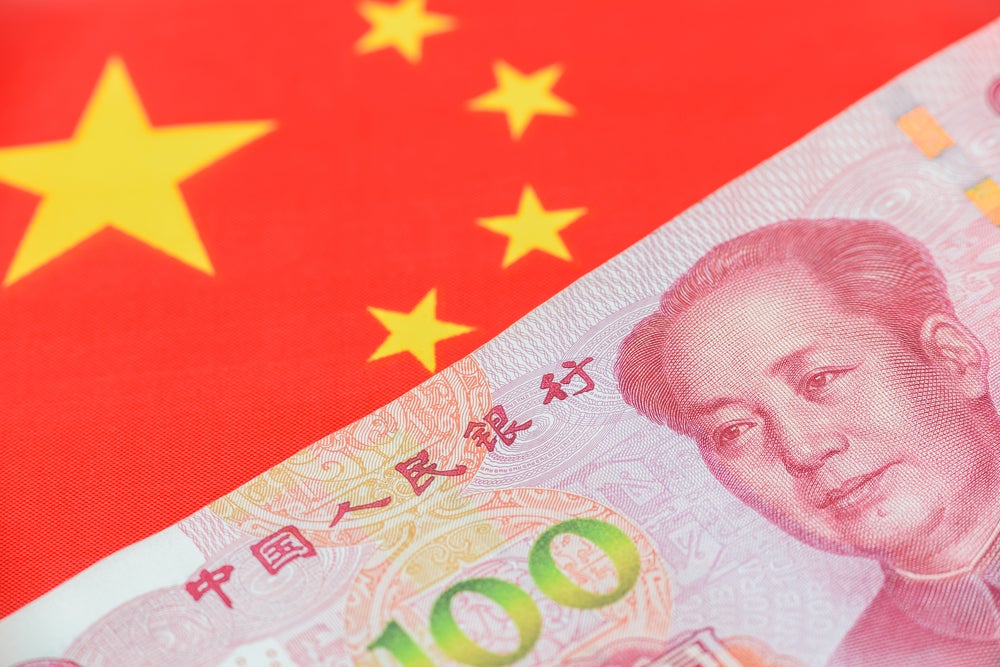[ad_1]
China’s resilience came to the fore as the country reported fairly solid economic growth for the fourth quarter despite COVID-19 overhangs, but 2022 growth slowed notably and trailed official forecasts.
Resilient Q4: The Chinese economy expanded by 2.9% year-over-year in the fourth quarter, marred by a tough COVID-19 situation, data from the China National Bureau Of Statistics showed.
Analysts, on average, were bracing for a more anemic 1.8% pace, Reuters reported.
GDP remained unchanged from the previous quarter, also exceeding bleak forecasts for a 0.8% drop but well below the 3.9% growth in the third quarter.
The outperformance was partly due to a stronger-than-expected increase in industrial output and a less-than-forecast drop in retail sales.
Annual Growth One Of Slowest: In 2022, the world’s second-largest economy recorded 3% growth in real terms, with output coming at $121.02 trillion yuan ($17.93 billion). NBS noted that the economy continued to grow despite downward pressures and output hit a new high, and employment and prices remained stable.
See also: Best Chinese Stocks
That said, the 3% growth trailed China’s official target of 5.5% growth for the year and marked a significant slowdown from the 8.1% rate recorded for 2021. The annual rate of growth was the slowest since 2020 when GDP growth plunged to 2.2% amid the initial COVID-19 onset. Outside of 2020, the 2022 GDP growth was the slowest since 1976, a year that marked the end of the Cultural revolution, according to World Bank data.
Source: World Bank
Gross capital formation, a macroeconomic concept referring to investment in fixed assets of the economy plus net inventory changes, accounted for 50.1% of the 2022 GDP and consumer spending and net exports made up 32.8% and 17.1%, respectively, Yicai said, citing a statement by an NBS official at a press briefing.
Outlook Uncertain: After maintaining stricter COVID-19 control, China began relaxing norms late last year, bowing to pressure from the public and industries. The challenge here is the country has to keep future outbreaks in check, as it reopens the economy and its borders.
China is also facing other threats, such as a property market recession, which could dent growth further. A global slowdown does not augur well for the country either, given its stature as the world’s factory.
Meanwhile, China’s population fell by 850,000 to 1.412 billion in 2022, marking the first decline since 1961, which was the last year of the “Great Chinese Famine,” Reuters reported. This, according to the report, will have a profound impact on the economy.
The iShares MSCI China ETF MCHI, a China-focused exchange-traded fund tracking performance of domestic stocks available to international investors, ended Friday’s session up 1.62% at $53.88. It shed 23% in 2022 compared to S&P 500’s 19.4% drop.
Read next: Ryan Cohen Takes Stake In Alibaba — Nudges Board To Boost Share Buybacks: WSJ
[ad_2]
Image and article originally from www.benzinga.com. Read the original article here.

